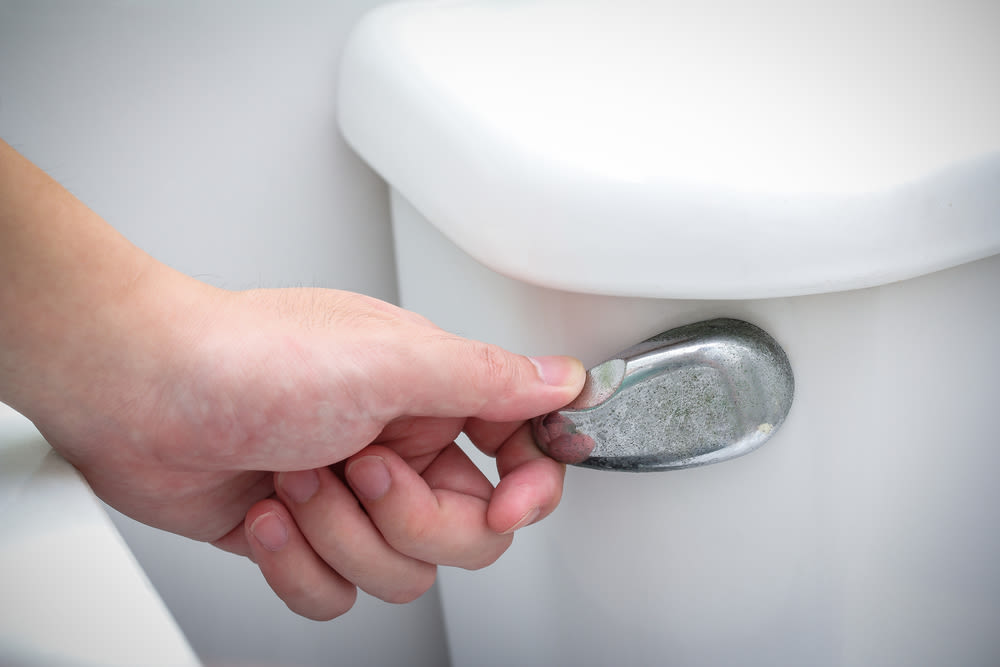Omicron Hasn't Peaked in Oregon Yet, at Least Not According to Our Poop

In just the past few days, as week-over-week rolling averages of COVID case numbers in Oregon appeared to have plateaued, close watchers of the virus’s progression could be forgiven for allowing themselves to hope that—like much of the East Coast—the state might be on the downslope of the current surge, a week or two earlier than initially predicted.
Blythe Layton is here to dash those hopes.
Layton is the water resources program manager for Clean Water Services in Washington County, where she oversees a lab that does the state’s most frequently updated sewage-based surveillance for the prevalance of the virus in the general population.
“In Washington County, the numbers are continuing to climb astronomically,” she says, of data collected and analyzed by the end of last week. “We are not seeing any peaking yet. In fact, we’re seeing the highest numbers county-wide that we have ever seen.”
Checking for the presence of the virus in poop has been prophetic throughout the pandemic, and right now is no different. In Boston, for example, wastewater sampling detected a decline by January 12; case counts began dropping in earnest a few days later. The same is true in California’s Bay Area region, too.
But in Oregon, we’re not quite there yet. Statewide numbers updated on Wednesday show that the Washington County trends are holding true statewide, though there too the most recent data is from a week ago. A spokesperson for the Oregon Health Authority says that there is a typical lag of a week to 10 days with wastewater sample sequencing.
That’s because samples first need to be collected, filtered, preserved and packaged statewide, then sent to Oregon State University for processing, Layton says. Researchers at Oregon State test each sample first to zero in on the prevalence of COVID in a particular community and then to sequence which variant is driving cases.
It’s time-consuming and costly, which has muted the canary-in-a-coal-mine effect that wastewater surveillance has had in communities with better-resourced efforts, Layton says.
Washington County, because it is the home of Clear Water Services, is a bit of an outlier, and the only place in the state that’s doing its own wastewater treatment analysis, beyond state efforts. Results there are an effective way to get a snapshot of the current COVID prevalence, particularly at this stage of the pandemic, when so many people are taking at-home rapid tests and not necessarily reporting the results to the state, Layton says, meaning that reported daily cases, though higher than at any point during the pandemic, are almost certainly a vast undercount.
“It’s small d, democratic,” Layton says, because everyone’s sewage eventually makes it to a wastewater treatment plant, whereas not everyone has the same access to COVID tests.
Those hoping for better news shouldn’t despair, she says: By next week, our collective poop could be telling us a very different story.
“Our Omicron surge has been lagging behind the rest of the country, but the fact that we are seeing it peak elsewhere is promising,” Layton says. “We are going to get there soon—we just didn’t hit our stride yet.”




